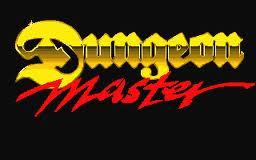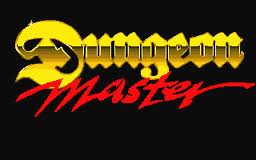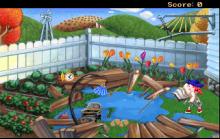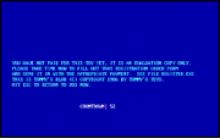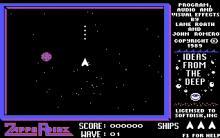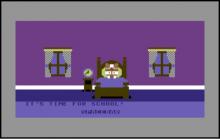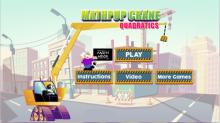Dungeon Master
Press Keyboard right side: Alt+Enter keys to switch to full screen game play, and Alt+Enter keys to return.
How to play Dungeon Master
Each game uses different controls, most DOS games use the keyboard arrows. Some will use the mouse.
Dungeon Master Description
Dungeon Master was a realtime game in contrast to the traditional turn-based approach that was, in 1987, most common. Other factors in immersiveness were the use of sound effects to indicate when a creature was nearby, and (primitive) dynamic lighting. Abstract Dungeons and Dragons style experience points and levels were eschewed in favor of a system where the characters' skills were improved directly via using them. Dungeon Master was not the first game to introduce these features. Dungeons of Daggorath for the TRS-80 Color Computer first employed them in 1982. Dungeon Master was, however, responsible for popularizing these elements. Other features of Dungeon Master included allowing players to directly manipulate objects and the environment by clicking the mouse in the enlarged first-person view. It also introduced some novel control methods including the spell casting system, which involved learning sequences of runes which represented the form and function of a spell's effect. For example, a fireball spell was created by mixing the fire symbol with the wing symbol. This kind of attention to detail and focus on the user interface was typical of the game and helped create an often captivating sense of craft and ingenuity.
While many previous games such as Alternate Reality: The Dungeon, The Bard's Tale, Ultima and Wizardry offered Dungeons & Dragons-style role-playing, Dungeon Master established several new standards for role-playing video games and video games in general.
Another factor in its popularity may have been the imaginative mythology, with players often reporting a nurturing identity with their chosen characters. Nancy Holder, wife of producer Wayne Holder, wrote the storyline in the manual (from a base scenario suggested by Michael Newton and the FTL team). She is a successful novelist, and has written for television series including Buffy the Vampire Slayer, Sabrina, the Teenage Witch and Smallville.
Many reviewers considered Dungeon Master as the best example of its genre, despite the many clones that arrived to challenge it. First of these was Bloodwych (1989), featuring similar gameplay but adding a mode allowing two simultaneous players on one machine. Other notable clones included Captive and Eye of the Beholder.
